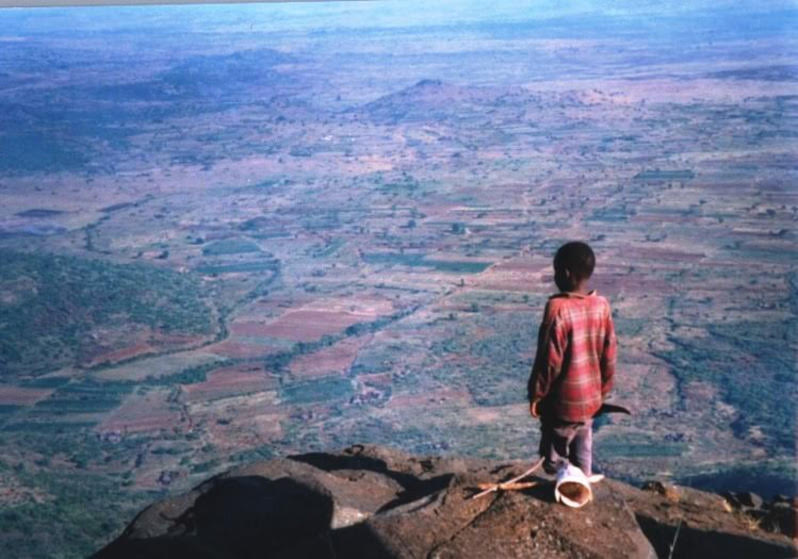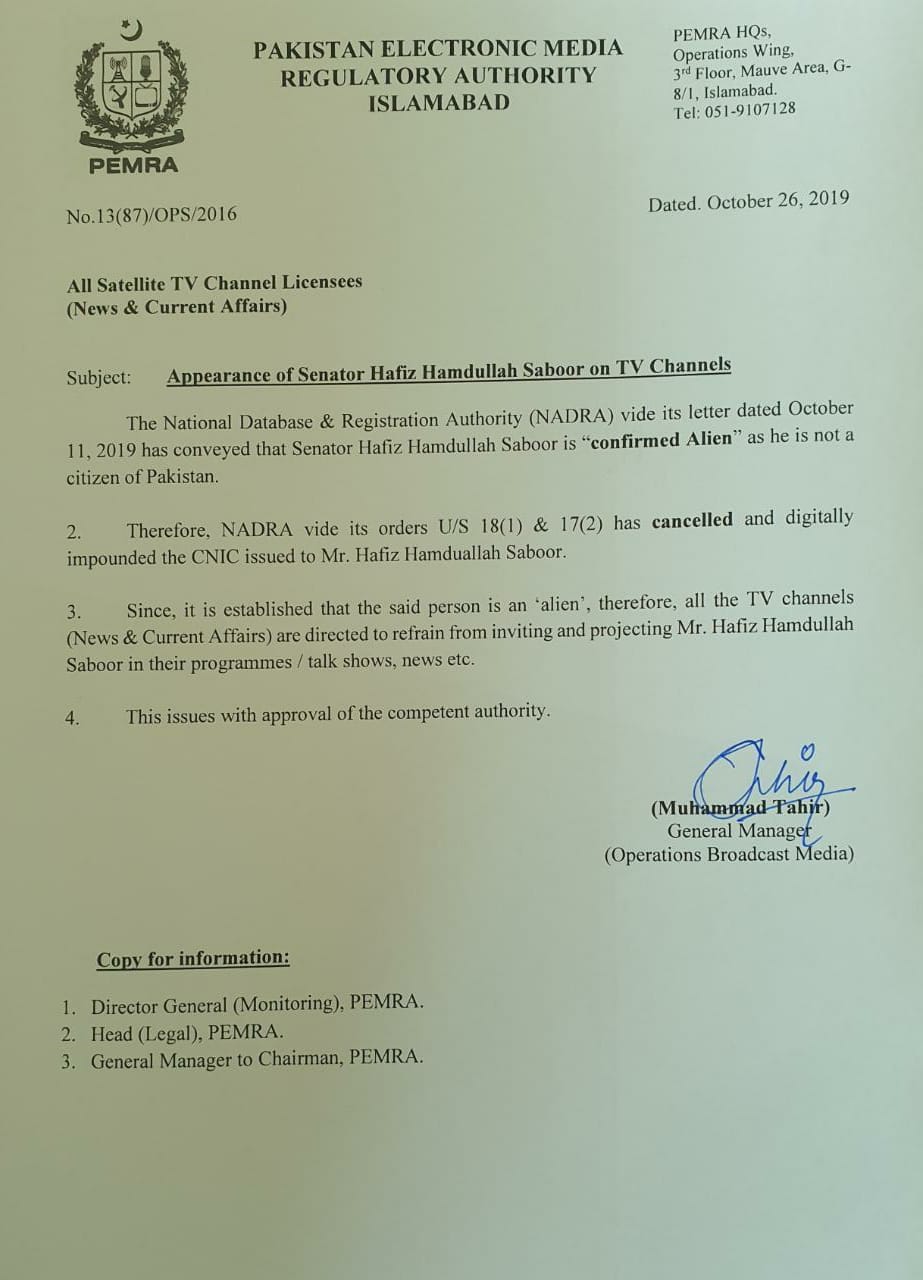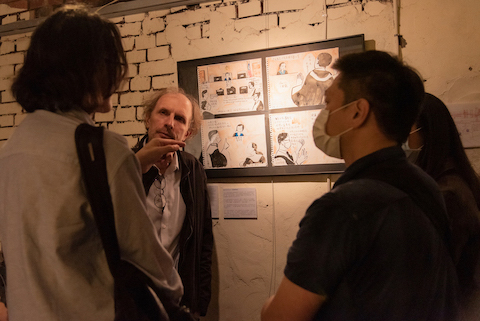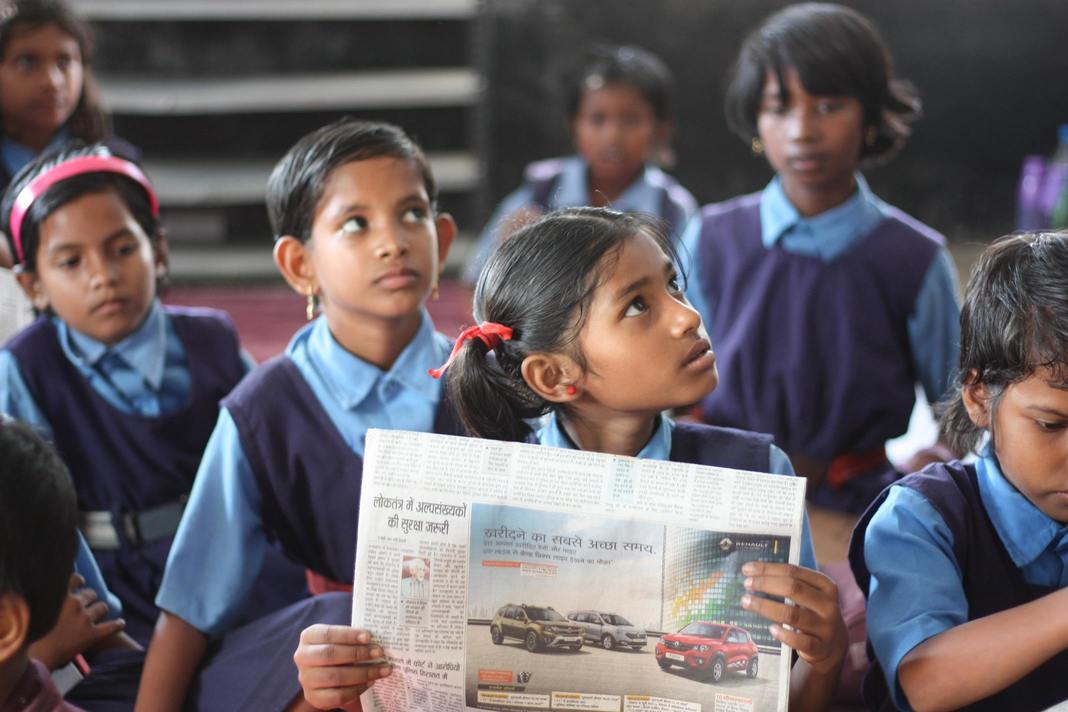
Land, Property, Technology: Exploring Blockchain as Infrastructural Promise
In my work, I explore the ways in which blockchain technology has been utilized for formalizing land rights in emerging economies. Currently, in these economies, there is a turn towards using digital technologies for recording the relationships between people and land and coordinating and displaying those data for efficient governance. On the one hand, blockchain registries could reduce manipulation of land records and reduce the number of intermediaries: as records on blockchain are distributed and verified by a multitude of nodes in a digital network and as additions to the chain of blocks are cryptographically time-stamped, tampering or accidental data loss are less likely as compared to centralized databases. At the same time, my research suggests that such technology applications should be also studied as infrastructural assemblages that are embedded in older, non-digital modalities and the peopled infrastructures of historically and culturally specific informal networks. These structures behave in more complex ways that are frequently led by the development industry and technology companies investing in technology-mediated financial inclusion initiatives. These areas of research present an exciting frontier for the anthropology of technoscience. (read more...)







